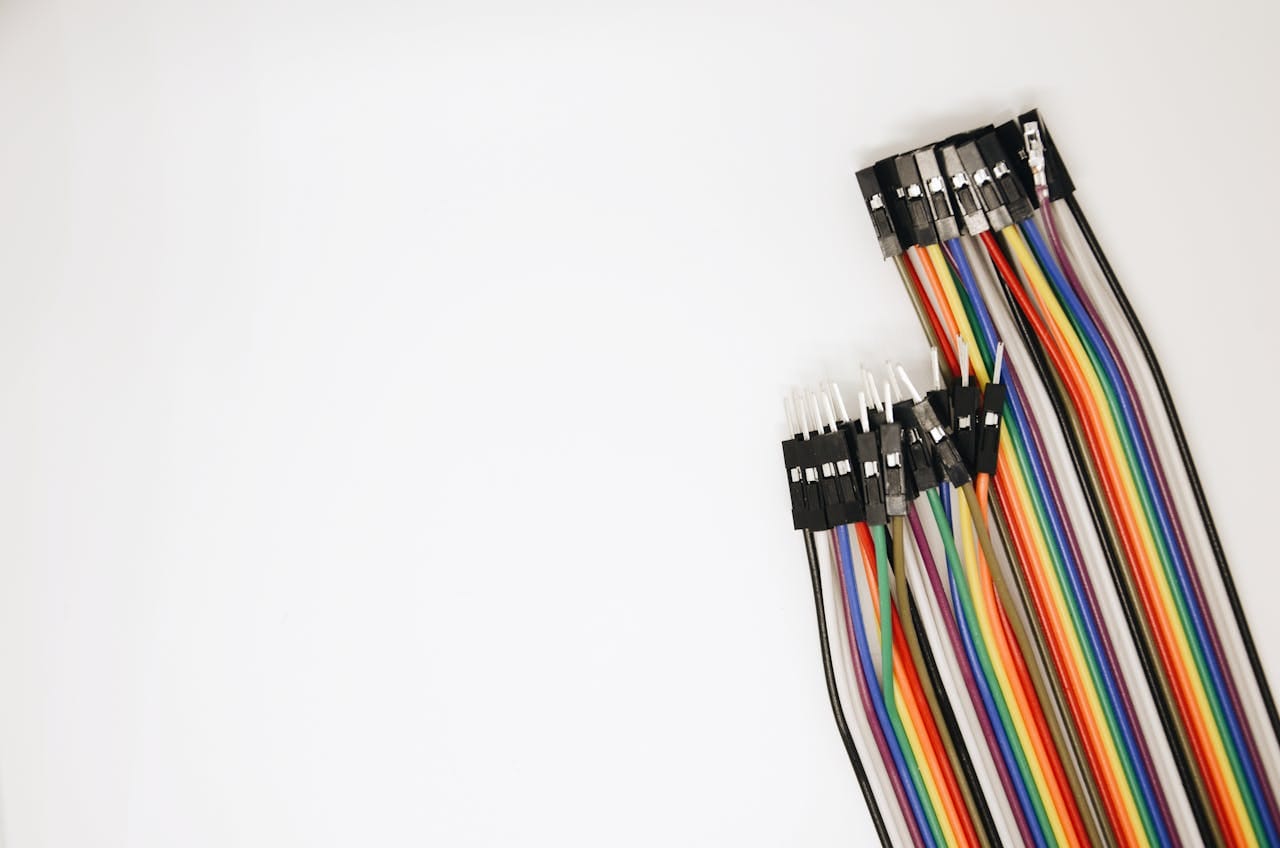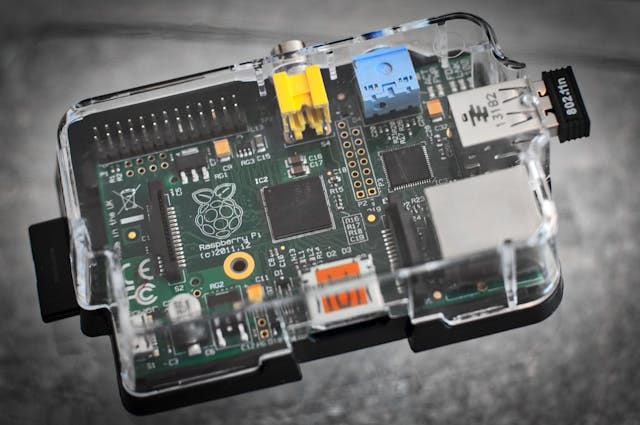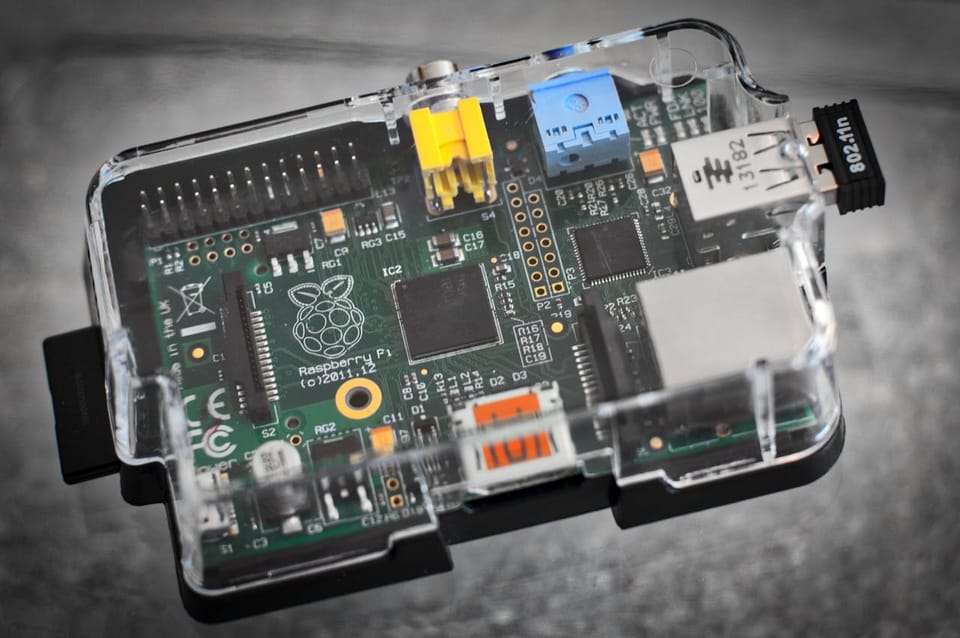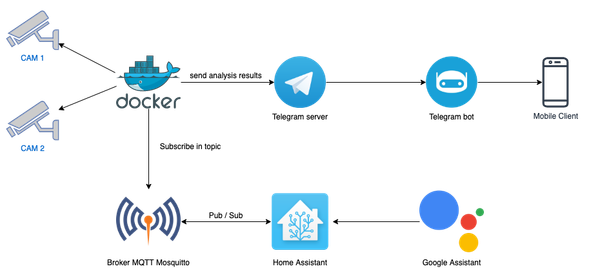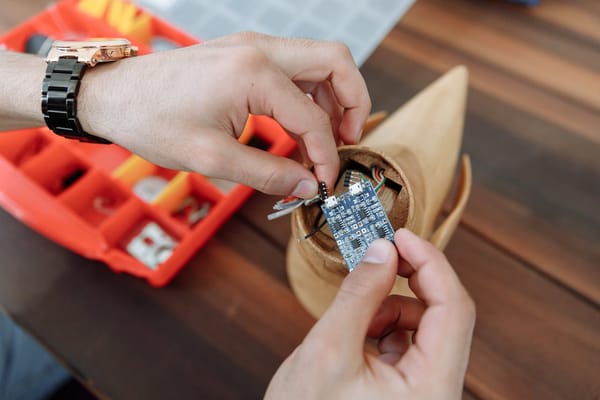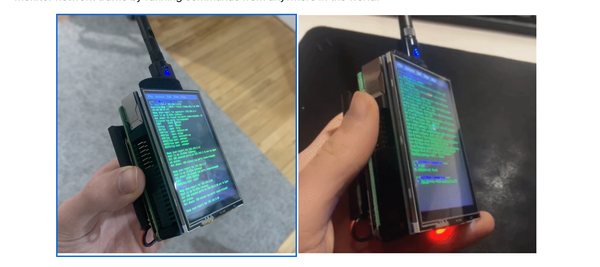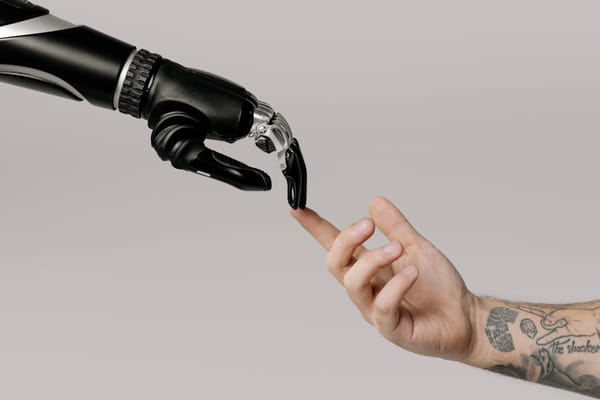Why Raspberry Pi Needs a Cartridge System: Simplifying Tech for Kids
Transforming the Raspberry Pi into a Child-Friendly Learning Tool: A Parent's Journey - The missing Link for Raspberry Pi for Kids
Table of Content
As both a parent and technology enthusiast, I've discovered the remarkable potential of Raspberry Pi as an educational tool for children.
Through my experience setting up various projects with my own child, I've gained valuable insights into both its strengths and areas for improvement.
The Inspiration
My journey began when I set up a Raspberry Pi system for my seven-year-old. Having grown up with Atari and similar gaming systems, I appreciated how those platforms allowed children to easily switch between different games using cartridges.
This experience inspired me to explore ways to make Raspberry Pi more accessible to young learners.


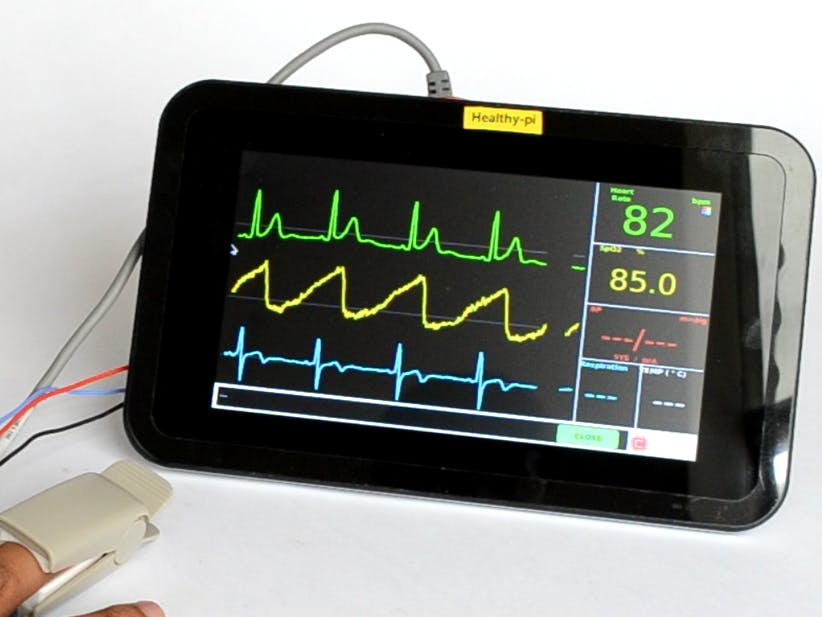
Current Challenges
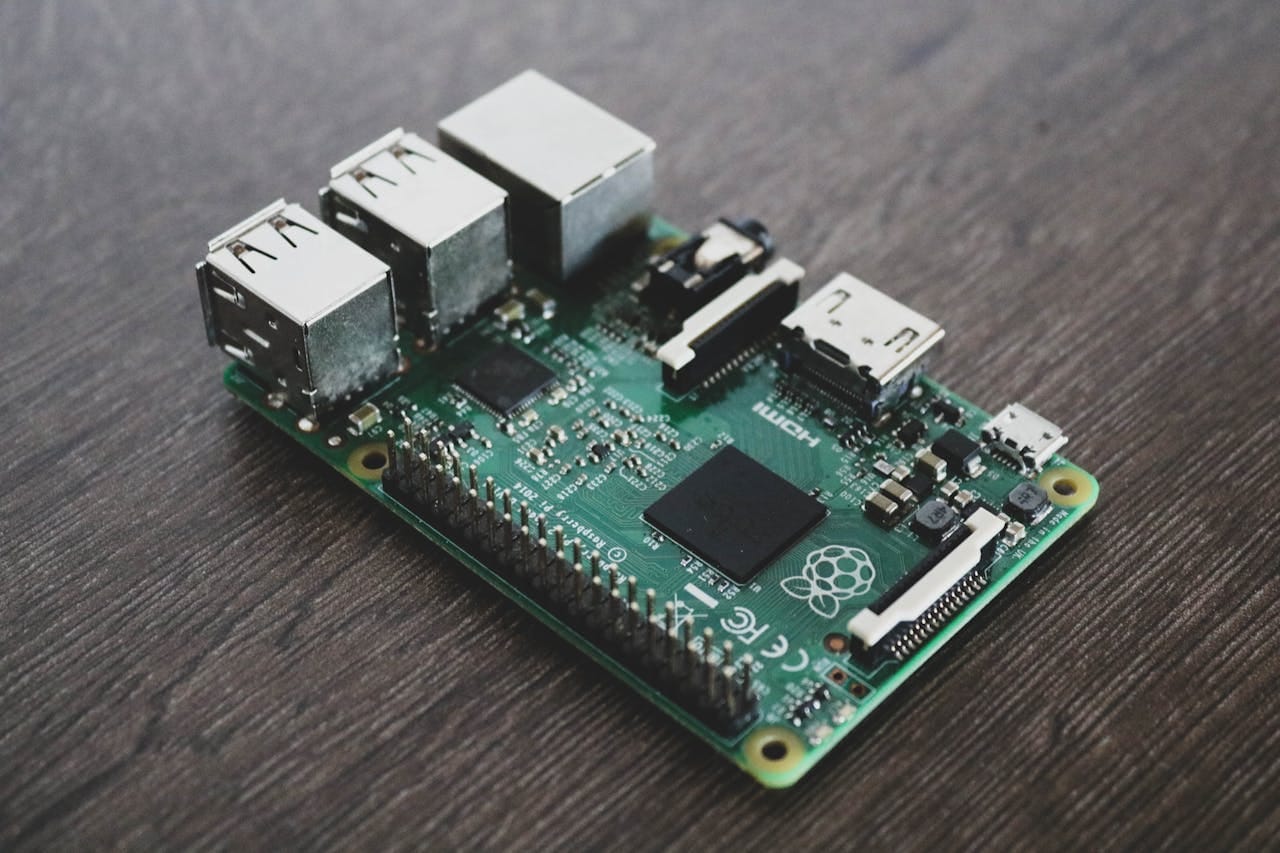
While working with my child, I noticed several obstacles that limited independent interaction with the device. The primary challenge emerged when switching between different functions - for instance, changing from a gaming system to an educational platform.
The process requires adult intervention to safely swap SD cards and reconnect peripherals, which can frustrate children eager to explore different activities.
Successful Implementations
Through careful configuration, I've successfully transformed our Raspberry Pi into several child-friendly applications:
The most engaging has been our retro gaming hub, which allows my child to experience classic games in a controlled environment. I've also implemented a custom YouTube browser that limits content to pre-approved channels, ensuring a safe viewing experience.
Additionally, we use it as a music server, which has helped develop my child's interest in different musical genres.
One particularly successful implementation has been using PiHole as a DNS server, which provides family-friendly internet filtering. This setup has created a safer online environment for my child while teaching valuable lessons about internet safety.

Proposed Improvements
Based on my hands-on experience, I envision several enhancements that could make Raspberry Pi more child-friendly:
A durable, protective case designed specifically for children would address safety concerns while making the device more approachable. I've found that the current exposed board design makes many parents hesitant to let children handle the device independently.
The development of a cartridge-like system for switching between different functions would be transformative. This would allow children to safely and independently transition between activities, similar to how they might switch between games on a traditional gaming console.
Educational Impact
Through working with my child, I've observed significant educational benefits. The platform has introduced fundamental computing concepts, basic programming principles through Scratch, and problem-solving skills.
Most importantly, it has fostered a genuine interest in technology and learning.
Looking Forward
As I continue to explore new ways to utilize Raspberry Pi with my child, I remain convinced of its potential as an educational tool.
With thoughtful modifications focused on child usability, it could become an even more powerful platform for introducing young learners to technology.
I've found that the key to success lies in creating an environment where children can explore technology safely and independently. While the current system requires significant adult supervision, the educational value makes it worthwhile.
With continued development focused on child-friendly features, Raspberry Pi could become an even more effective tool for inspiring the next generation of technology enthusiasts.
Would you like me to elaborate on any specific aspects of my experience with implementing Raspberry Pi for children?
